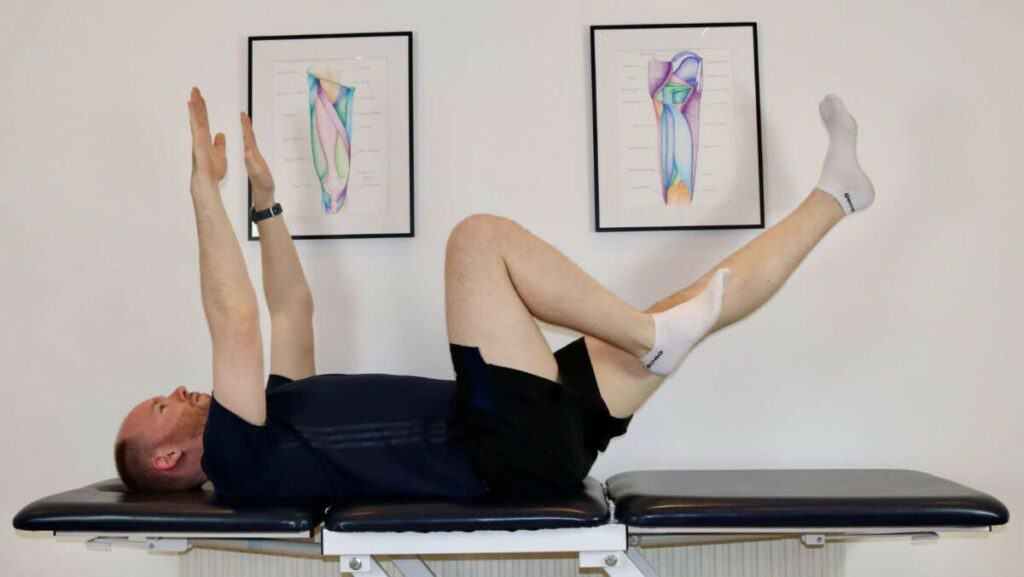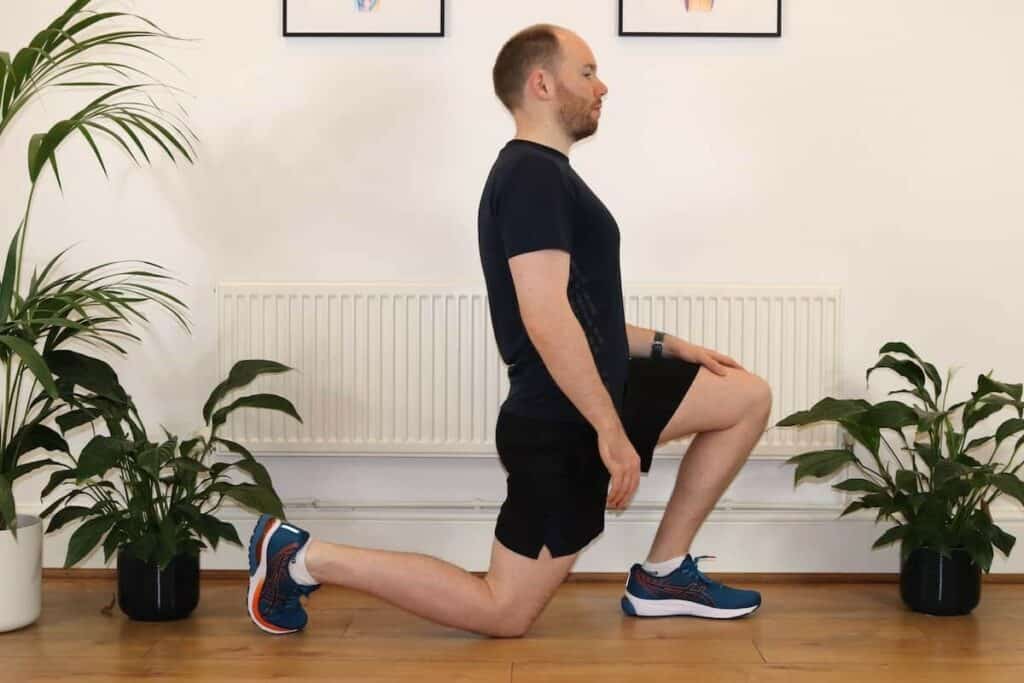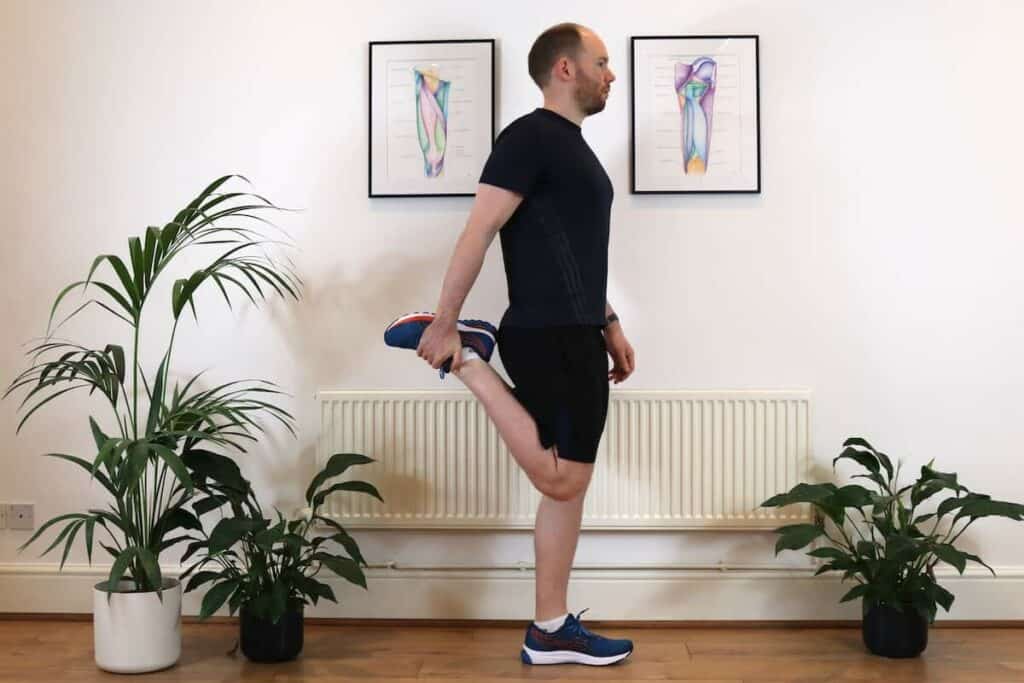FAI Femoroacetabular Impingement
- Best Asics Shoes for Flat Feet - October 25, 2024
- Best Running Shoes for Flat Feet - October 22, 2024
- Posterior Tibial Tendonitis - October 21, 2024
What is FAI hip?
FAI, or femoroacetabular impingement, is a condition or syndrome that is a common cause of hip pain. The hip is a ball and socket joint, the femoral head and the acetabulum. Impingement of the hip joint can occur when the shape of the ball or socket (or both) causes a pinch in certain positions.
There is normal variation between our skeletons, and different shapes (morphologies) of the femoroacetabular joint are common. If there is additional bone on the femoral head, it can be less round and more oval or can have a wider neck, this can be called a Cam morphology.
If the acetabulum has extra bone, making it too deep or the opening too narrow, this is called a Pincer morphology. Femoroacetabular impingement syndrome can be caused by a Cam or Pincer morphology or a combination of both.
How common is femoroacetabular impingement?
The painful condition of FAI affects 10-15% of the population, with most symptoms being experienced by patients between 20-40 years old. The sports most associated with this condition are ice hockey, soccer, ballet, dance and gymnastics, rowing and golf (Casta, 2015). Martial arts also have a high prevalence (Lee et al, 2016).

Symptoms
One of the main symptoms of FAI (femoroacetabular impingement) is C-sign hip pain. This is the description of pain where the patient places the thumb and index finger in a C shape around the side of the hip. The C sign is a recognised diagnostic sign.
Other symptoms include worsening pain with activity or prolonged sitting, a limp when walking or running, and stiffness of the joint. There is a common pattern of pain felt at the end of the range of hip movement into flexion, adduction and internal rotation.
Occasionally the patient may feel reduced balance or unstable on one leg, and it is fairly common for there to be a palpable and/or audible click or pop.
Diagnosis
Femoroacetabular Impingement can be diagnosed clinically by a sports doctor or physical therapist through a series of clinical tests. These clinical tests include moving the hip through a full range of movements and noting when pain is felt.
Pain with the combined movement of flexion, adduction and internal rotation of the hip is common with FAI affecting the front of the joint. This test is called a FADDIR test, “F” for flexion, “ADD” for adduction and “IR” for internal rotation.
For posterior hip impingement, a FABER test can be performed, “F” for flexion, “ABD” for abduction and “ER” for external rotation.

While these tests provide some information about irritation in the joint, they are not specific to diagnose FAI when used on their own. Clinicians will use a cluster of different tests to improve the accuracy of their diagnosis. Further confirmation can come from diagnostic imaging such as an X-ray or MRI to show a particular hip morphology relevant to their symptoms.
Best Strengthening Exercises for FAI of the Hip
FAI hip exercises should follow an assessment and should be targeted at improving your weaknesses. Below are a few common strengthening exercises for femoroacetabular impingement that target muscles often weak with this diagnosis.
- Single Leg Bridge
- Resisted Hip Abduction
- Resisted Side Steps
- Resisted Hip Flexion
- Core Strengthening
Single Leg Bridge
This exercise has many variations, so if a single leg is too hard, you can try a double leg or a marching version. For this version, lift one leg off the floor and keep your knee bent to 90º for the leg on the floor.
Lift your pelvis off the floor by squeezing your glutes and feeling your hamstrings working at the back of your thigh.
Repeat 3 sets to fatigue, aiming for about 12 repetitions.
A weight can be added to your hip to make this more challenging.
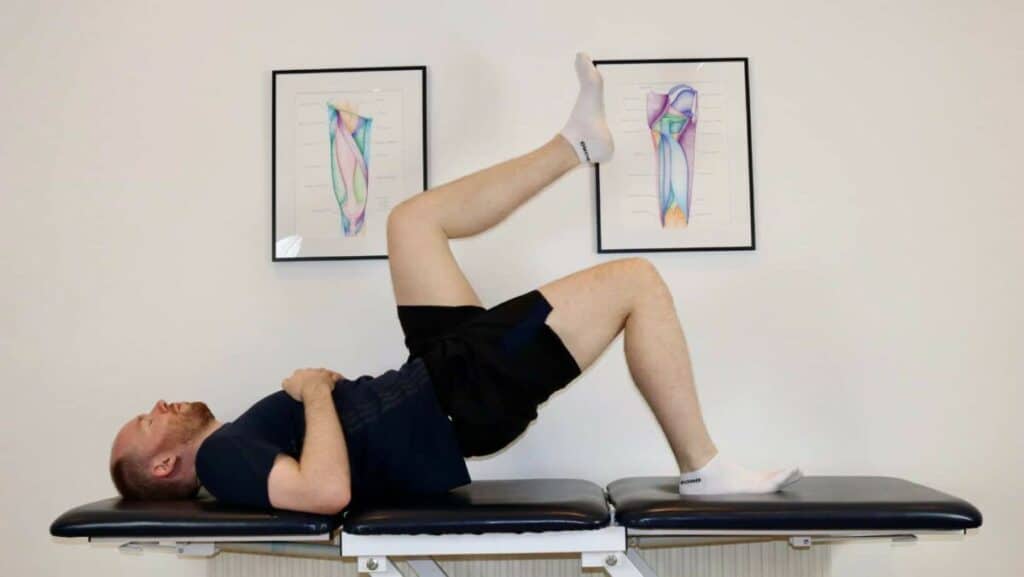
Resisted Hip Abduction
Lie on your side with a resistance band tied around your ankles. Keep your lower leg bent for stability and your body rolled forward to feel your glute work as you lift your upper leg against the resistance band.
Repeat 3 sets to fatigue, aiming for about 12 repetitions.
You can increase the resistance of the band to make this more challenging.
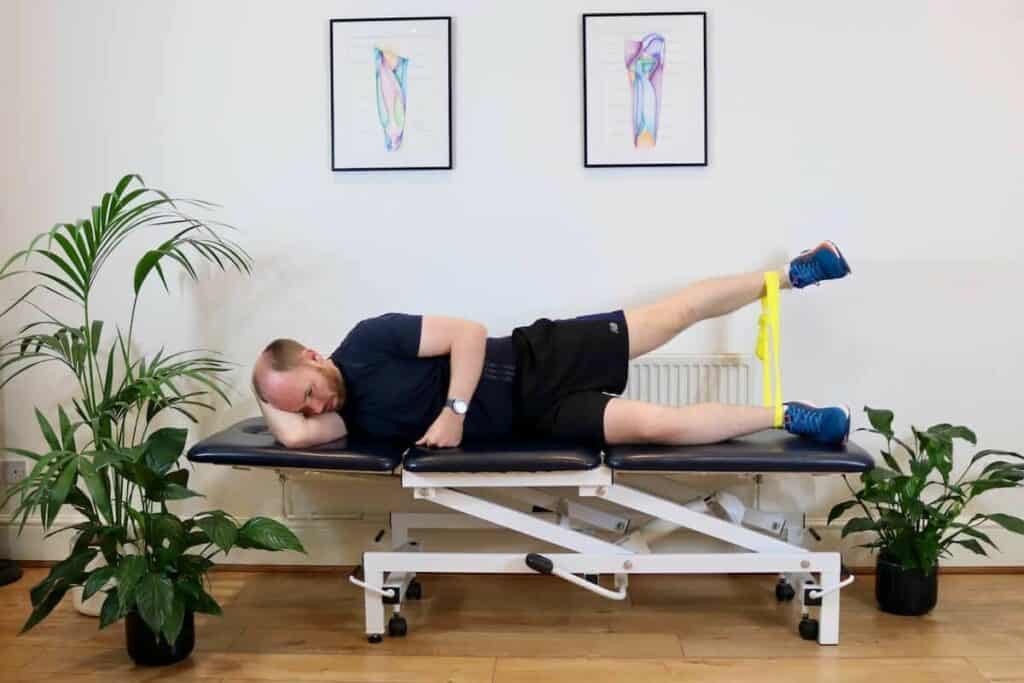
Resisted Side Steps
Tie a band around your thighs and lower into a shallow squat while keeping your upper body upright. Step sideways in alternating directions pushing your knees and thighs out into the band.
Repeat 3 sets to fatigue, aiming for about 12 repetitions.
You can increase the resistance of the band to make this more challenging.

Resisted Hip Flexion
Stand on a resistance band with one end tied around your ankle. Keeping an upright and straight body, slowly lift your knee up to 90º, and slowly lower to the start position.
Repeat 3 sets to fatigue, aiming for about 12 repetitions.
A weight can be added to your hip to make this more challenging.
Related Articles:
Hip Labral Tear – Outer Hip Pain – Hip Pain Chart
_______________________________________
We are specialists in Physiotherapy, with our clinic in Fulham, South West London.
We offer Online Appointments for £70 and Face-to-Face appointments for £90 in our clinics.


